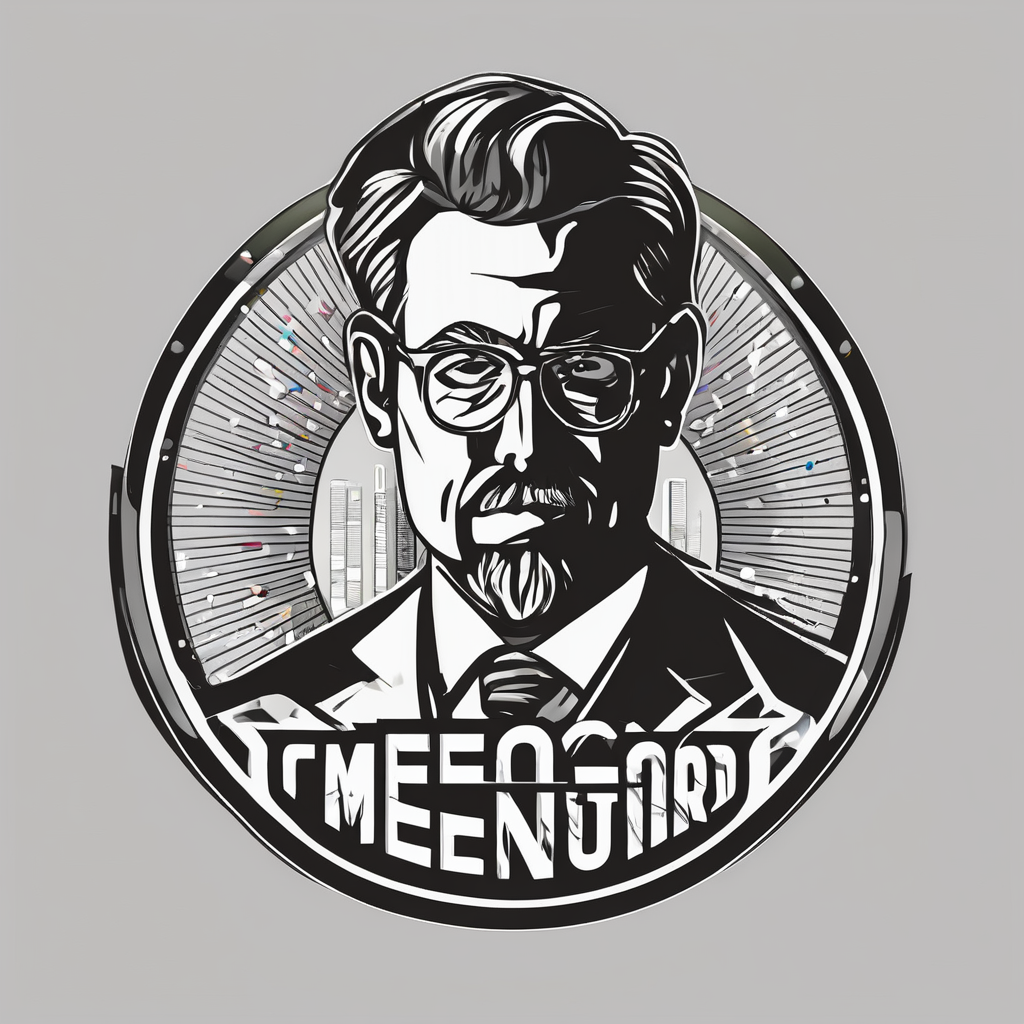In today’s competitive retail landscape, where every customer counts, implementing an effective customer loyalty program can significantly improve customer retention and drive sales. For retailers in York, understanding the best practices for deploying a loyalty program can transform the customer experience and strengthen brand loyalty. This article will explore actionable insights and strategies to create a successful loyalty program tailored to the unique needs of your business and customers.
Understanding the Importance of Customer Loyalty Programs
Before delving into the specifics of best practices, it’s essential to understand the importance of customer loyalty programs. These programs are designed to reward customers for their repeat purchases and foster long-term relationships with the brand. Loyalty programs not only encourage repeat business but also provide retailers with valuable insights into customer behavior and preferences.
In parallel : How Can a Bournemouth Real Estate Agency Use Drone Technology to Showcase Properties?
Customer loyalty programs are a powerful tool for driving growth. They increase customer retention, improve customer engagement and enhance the overall customer experience. According to studies, repeat customers are known to spend more, are less price-sensitive, and often become brand advocates, spreading positive word-of-mouth and engaging on social media.
Implementing a well-thought-out loyalty program can help your retail business:
Also to discover : How to Develop a Comprehensive Cybersecurity Strategy for a Manchester Biotechnology Firm?
- Increase Customer Lifetime Value: By nurturing long-term relationships, loyal customers tend to spend more over time, thus increasing their lifetime value.
- Enhance Customer Experience: Offering rewards and exclusive benefits can make the shopping experience more enjoyable and personalized.
- Gain Valuable Customer Insights: Loyalty programs provide data that can help you understand customer preferences and tailor your marketing strategies accordingly.
Designing a Customer-Centric Loyalty Program
When designing your loyalty program, it’s crucial to put the customer at the center of your strategy. A customer-centric approach ensures that the program resonates with your target audience, making it more effective and engaging.
Identify Your Target Audience
Understanding your customer base is the first step in creating an effective loyalty program. Analyze your customer data to identify key demographics, shopping behaviors, and preferences. This information can help you tailor your program to meet the specific needs and desires of your customers.
Choose the Right Rewards
The success of your loyalty program largely depends on the rewards you offer. Rewards should be relevant, valuable, and attainable. Consider a mix of short-term and long-term rewards to keep customers engaged. Popular reward options include:
- Points-Based Systems: Customers earn points for every purchase, which can be redeemed for discounts or free products.
- Tiered Programs: Offering different levels of rewards based on the customer’s spending, encouraging higher engagement.
- Exclusive Benefits: Access to special sales, early product releases, or members-only events.
Seamless Integration with the Shopping Experience
For a loyalty program to be effective, it needs to be seamlessly integrated into the overall shopping experience. This means ensuring that customers can easily sign up, earn, and redeem rewards both in-store and online. Utilize digital tools and technology to streamline the process, such as mobile apps, email notifications, and in-store kiosks.
Leveraging Digital Tools and Technology
In the digital age, technology plays a pivotal role in the success of loyalty programs. Utilizing the right tools can enhance customer engagement and streamline the management of your loyalty program.
Mobile Apps and Online Portals
A dedicated mobile app can significantly boost the effectiveness of your loyalty program. Apps provide customers with easy access to their rewards, account information, and exclusive offers. They can also serve as a platform for personalized marketing messages and push notifications, keeping your brand top of mind.
Data Analytics
Harness the power of data analytics to gain insights into customer behavior and preferences. Analyze purchase history, reward redemption patterns, and engagement metrics to refine your program and offer more personalized experiences. Data-driven insights can help you identify trends, optimize rewards, and anticipate customer needs.
Integration with POS Systems
Integrating your loyalty program with your Point of Sale (POS) system is essential for a seamless customer experience. This integration allows for real-time tracking of rewards and ensures that customers can easily earn and redeem points during their purchases.
Promoting and Communicating Your Loyalty Program
Once your loyalty program is designed and integrated, effective promotion and communication are key to ensuring its success. It’s not enough to simply have a loyalty program; you need to actively promote it to your customers and keep them engaged.
Multi-Channel Marketing
Utilize a multi-channel approach to promote your loyalty program. Leverage social media, email marketing, in-store signage, and your website to spread the word. Consistent messaging across all channels will help you reach a wider audience and create awareness about the benefits of joining your loyalty program.
Personalized Communication
Personalization is critical in today’s marketing landscape. Use customer data to send personalized messages and offers that resonate with individual preferences. Personalized communication makes customers feel valued and increases their loyalty to your brand.
Regular Updates and Engagement
Keep your loyalty program fresh and engaging by regularly updating rewards and offering exclusive promotions. Host special events, flash sales, or limited-time offers to keep customers excited and engaged. Regularly communicate these updates through various channels to ensure customers are always aware of the latest benefits.
Evaluating and Improving Your Loyalty Program
Implementing a loyalty program is not a one-time effort. To ensure its continued success, you need to regularly evaluate and improve your program based on customer feedback and performance metrics.
Collecting Customer Feedback
Solicit feedback from your customers to understand their experience with the loyalty program. Use surveys, feedback forms, and direct interactions to gather insights into what they like and what can be improved. Customer feedback is invaluable in refining your program and making it more effective.
Analyzing Performance Metrics
Track key performance indicators (KPIs) such as customer retention rates, repeat purchase frequency, and reward redemption rates. Analyzing these metrics will help you understand the impact of your loyalty program and identify areas for improvement.
Adapting to Changing Trends
The retail landscape is constantly evolving, and so should your loyalty program. Stay updated with industry trends and adjust your program accordingly. For instance, with the rise of e-commerce, ensure your loyalty program is optimized for both online and offline channels. Incorporate new technologies, such as artificial intelligence and machine learning, to enhance personalization and customer experience.
To thrive in York’s competitive retail environment, implementing a customer loyalty program is essential. By focusing on customer-centric design, leveraging digital tools, promoting your program effectively, and continuously evaluating its performance, you can create a successful loyalty program that boosts customer retention, enhances customer engagement, and drives long-term growth.
The best practices outlined in this article provide a comprehensive guide to developing a loyalty program that resonates with your customers and aligns with your business goals. By prioritizing the needs and preferences of your customers, you can build a loyalty program that not only rewards them but also fosters brand loyalty and strengthens your position in the retail market.






